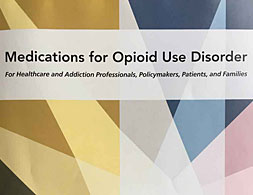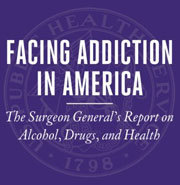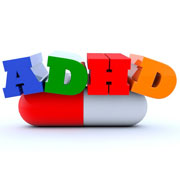ADDICTION MEDICINE BLOGS AND NCADD
 The National Council on Alcoholism and Drug Dependence Inc (NCADD) was founded in 1944 as the National Committee for Education on Alcoholism (NCEA) and became a well-respected educational, support, and advocacy organization headquartered in New York City. NCADD came to represent more than 90 affiliates across America. You may download a history of the first 60 years of NCADD by clicking here.
The National Council on Alcoholism and Drug Dependence Inc (NCADD) was founded in 1944 as the National Committee for Education on Alcoholism (NCEA) and became a well-respected educational, support, and advocacy organization headquartered in New York City. NCADD came to represent more than 90 affiliates across America. You may download a history of the first 60 years of NCADD by clicking here.
A voluntary nonprofit advocacy organization, NCADD sometimes had difficulty making ends meet. Seeking greater financial stability, NCADD merged with another nonprofit advocacy organization, Facing Addiction Inc, in early 2018. The merged organizations, however, known as Facing Addiction with NCADD, filed for bankruptcy in mid-2019.
In the mid-1970s, Frank Seixas, the Medical Director of NCA, encouraged my study and writing on alcoholism and became one of my first mentors in addiction medicine. Years later, in 2008, partly due to my loyalty to the original organization, I welcomed the opportunity to become a member of the Medical-Scientific Committee of NCADD. I chaired that Committee from 2014 until it was disbanded because of the merger in 2018.
In 2011, I was asked to initiate and edit NCADD Addiction Medicine Updates, a blog on the website of NCADD. The Medical-Scientific Committee of NCADD served as the Editorial Board. I immediately became the principal writer for the blog, posting about ten articles a year. As of this writing, the NCADD website is no longer being maintained, but you may read (and download) the Updates here.










